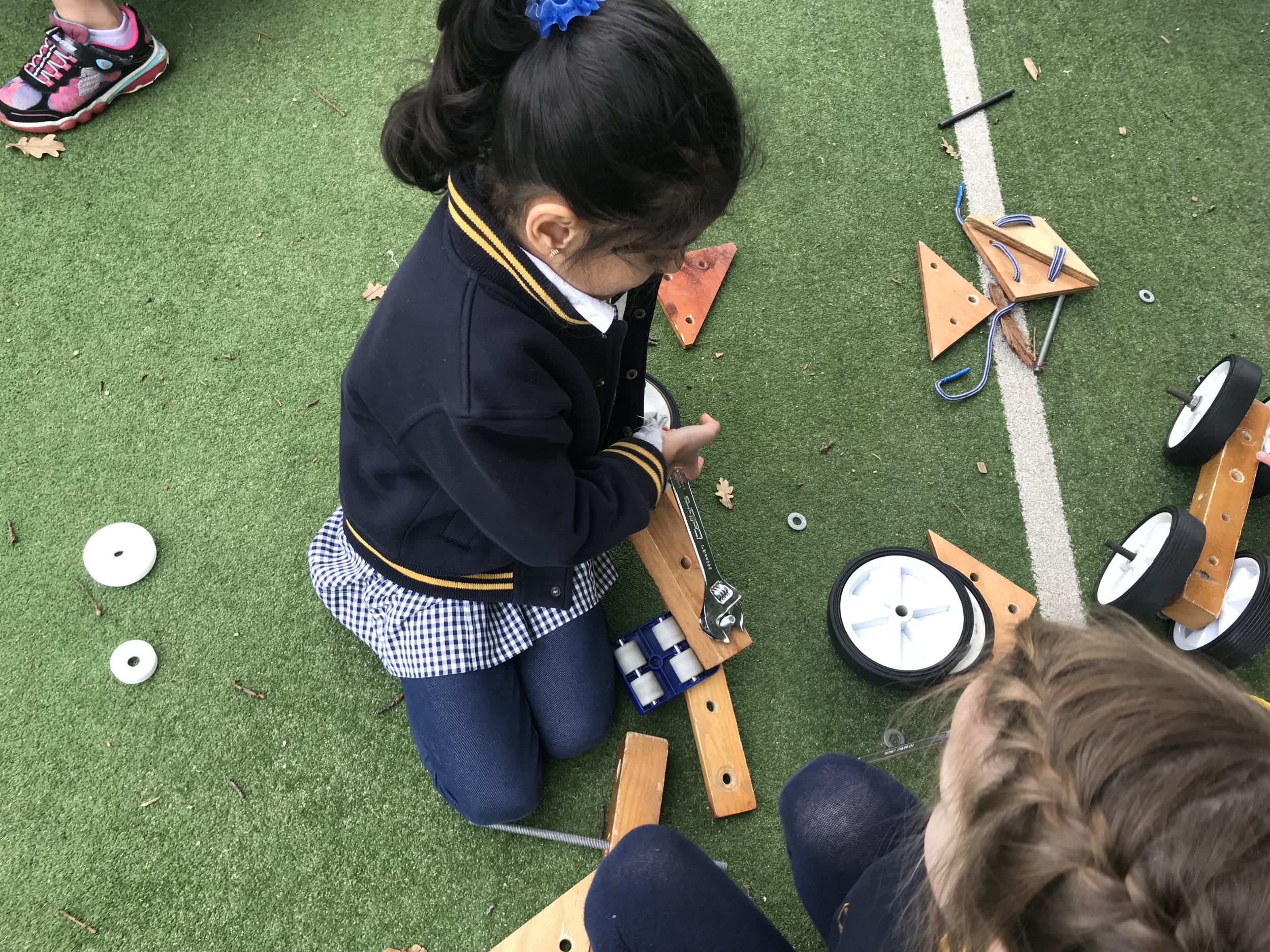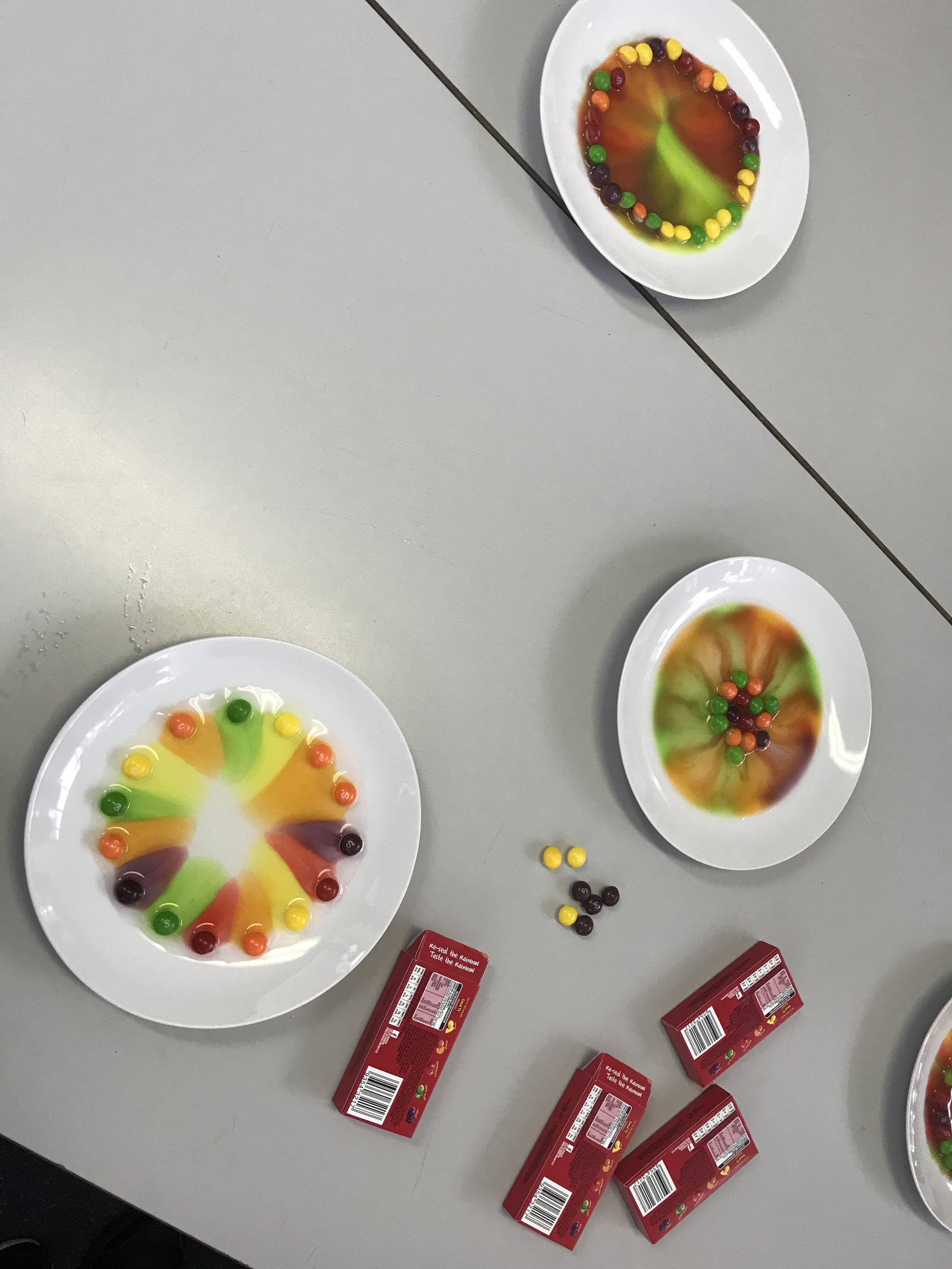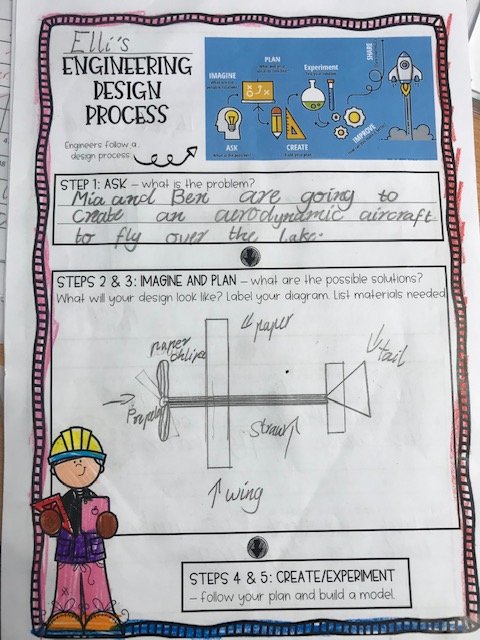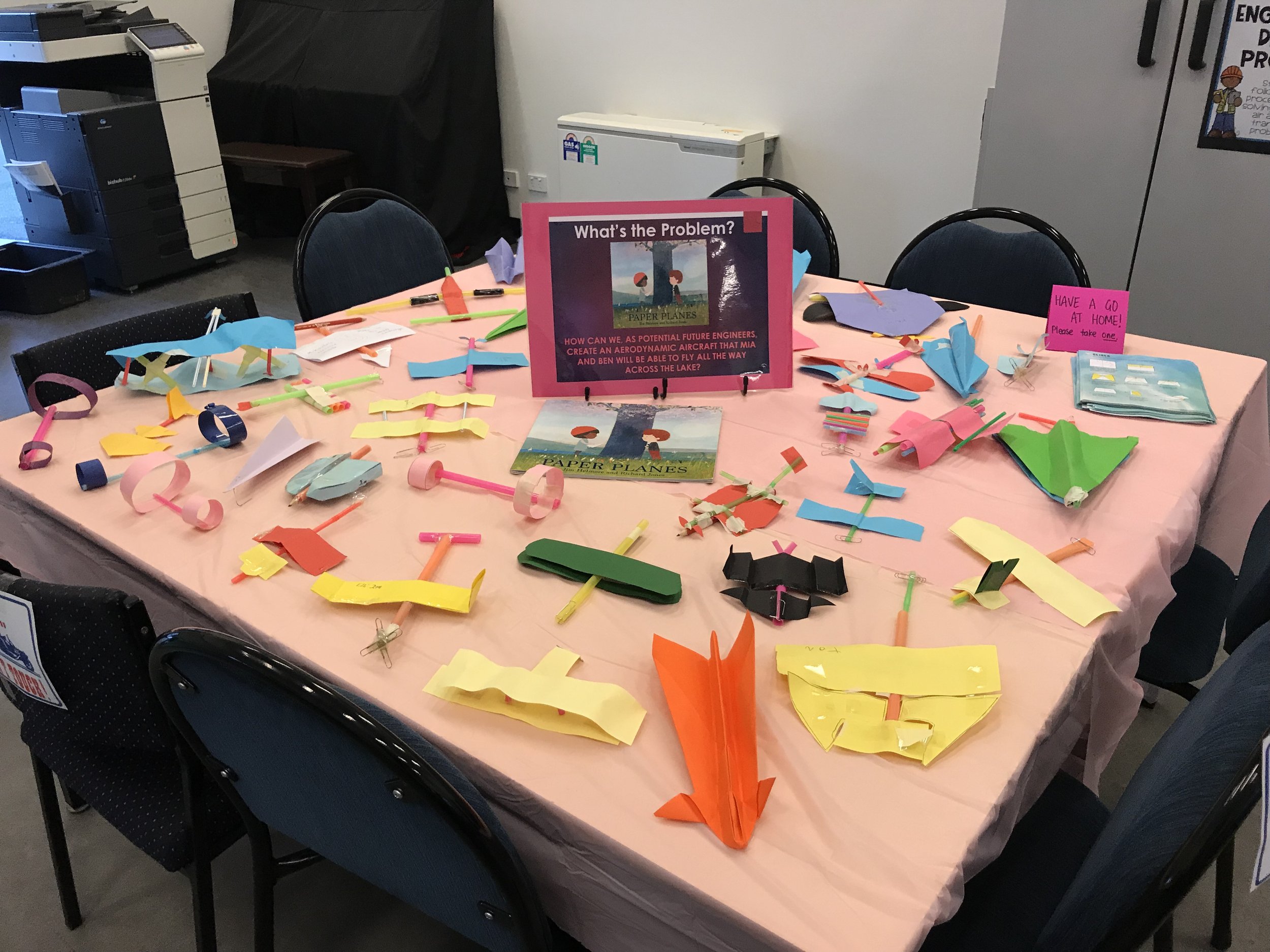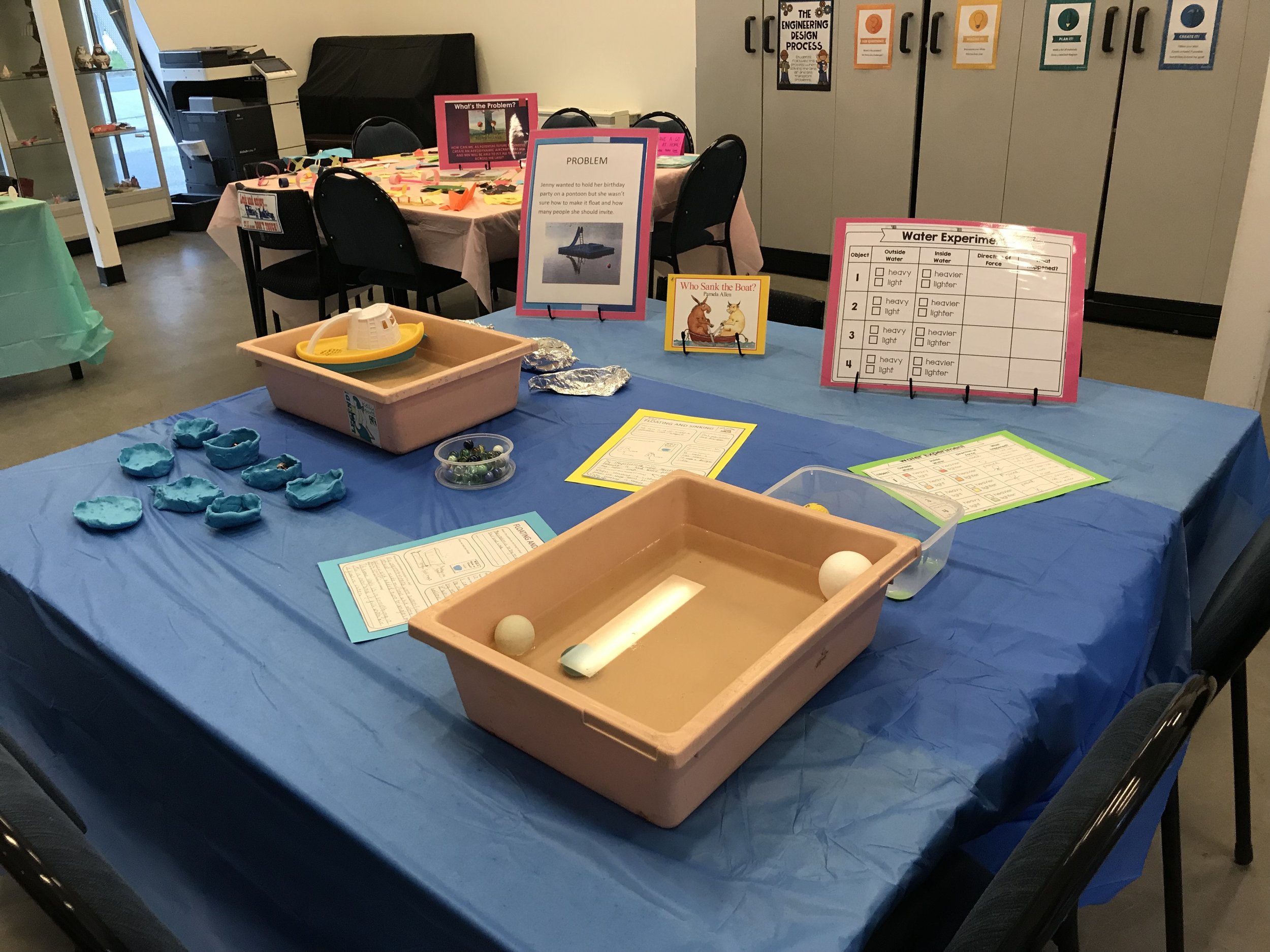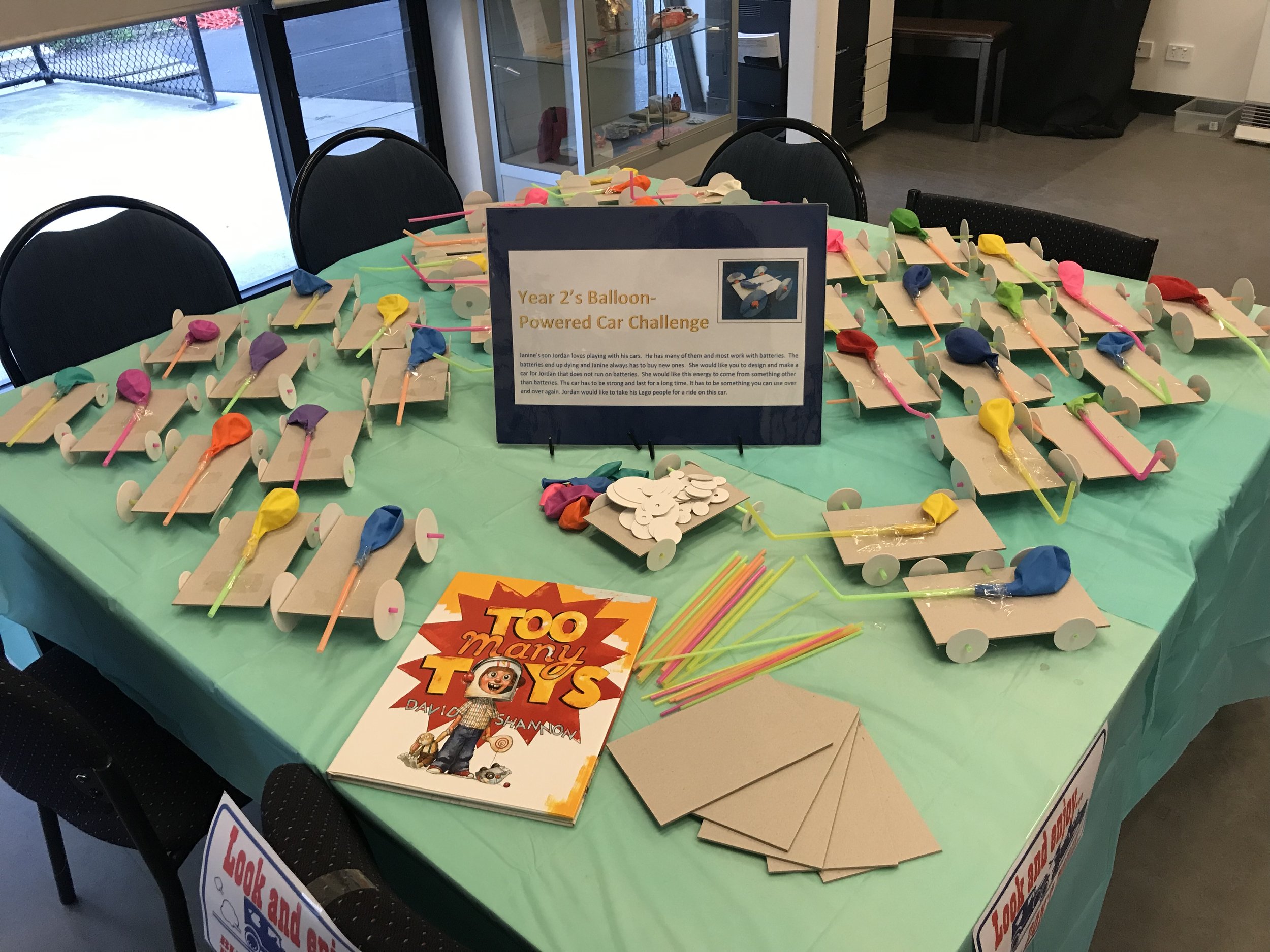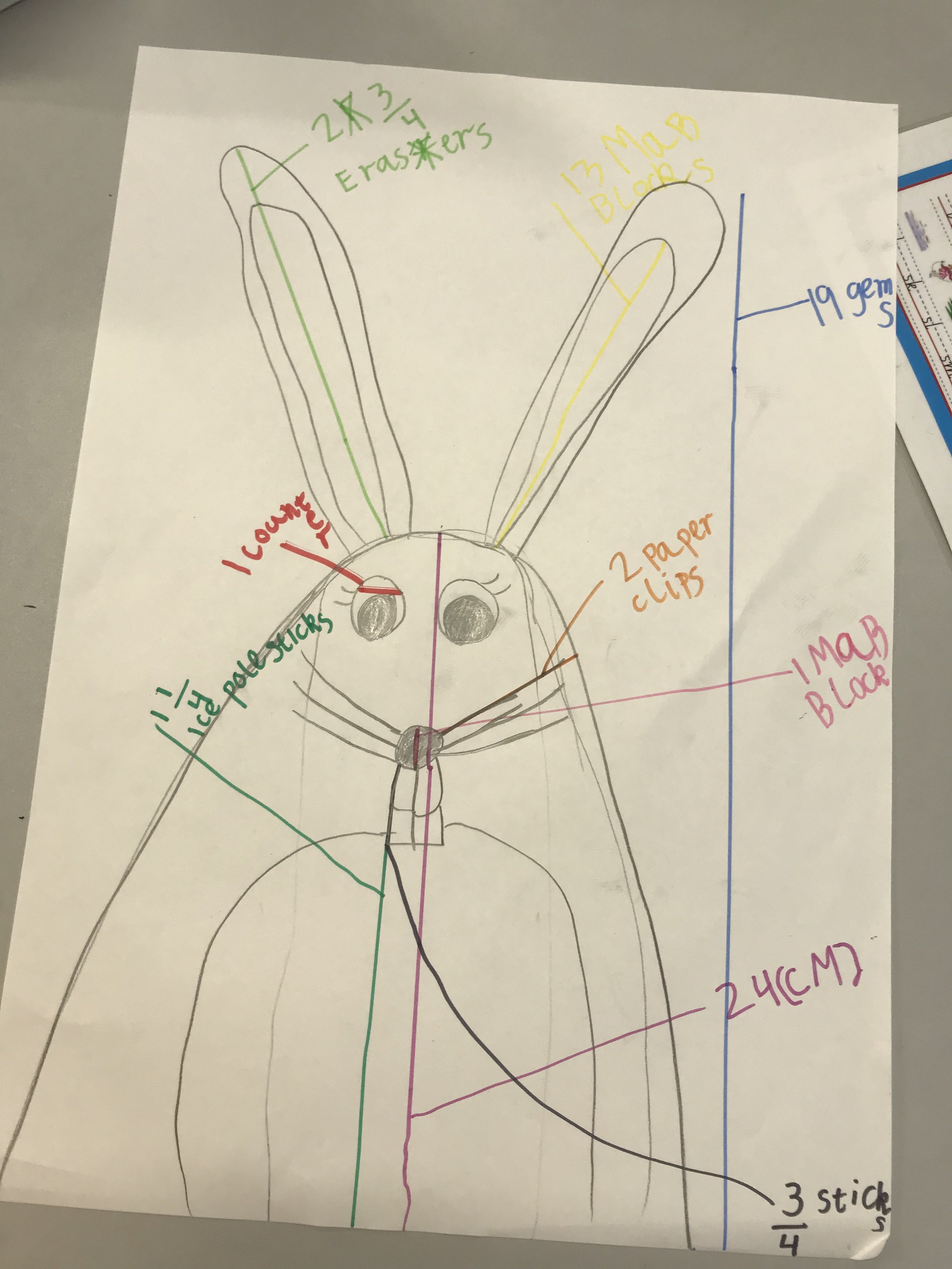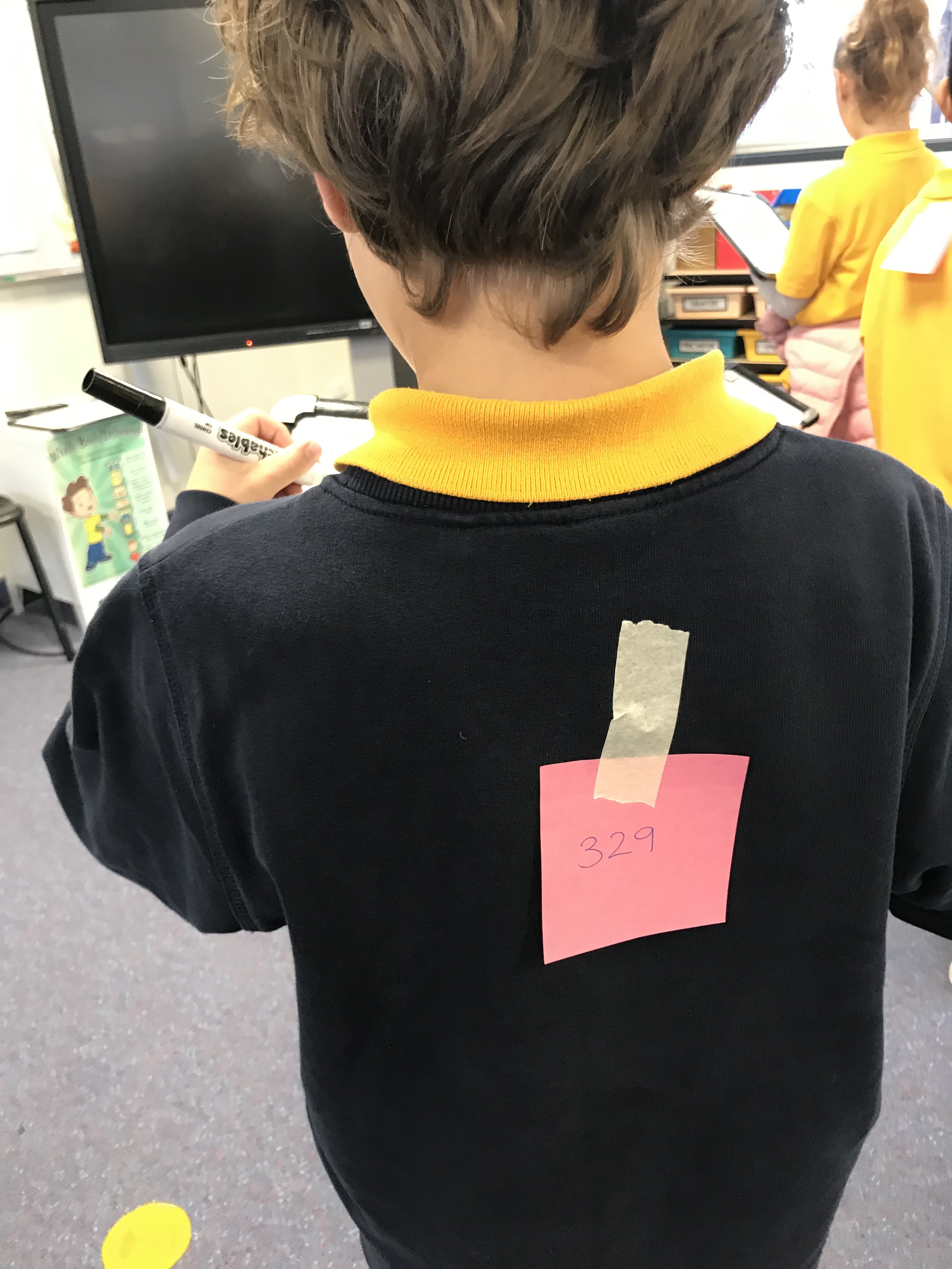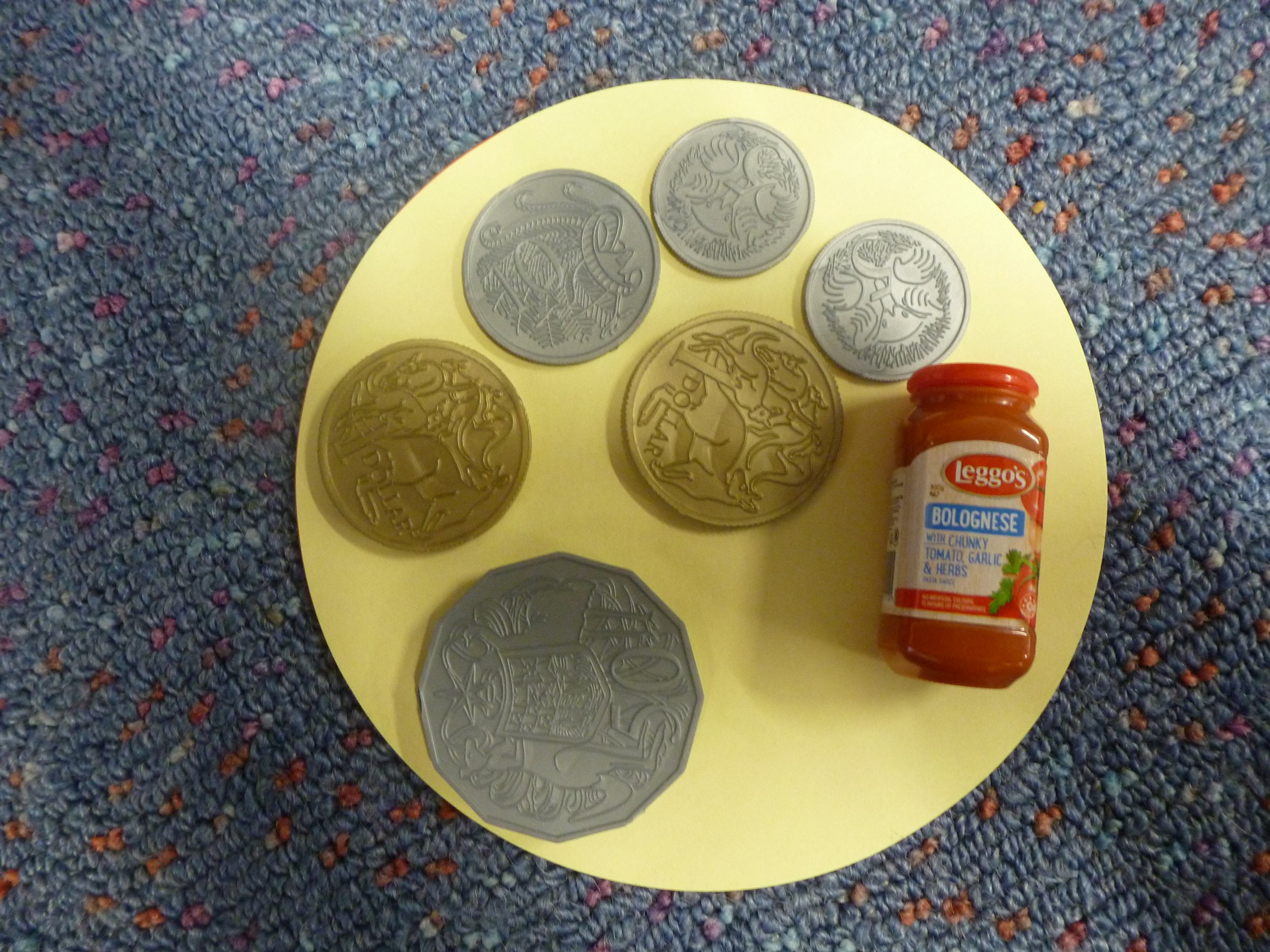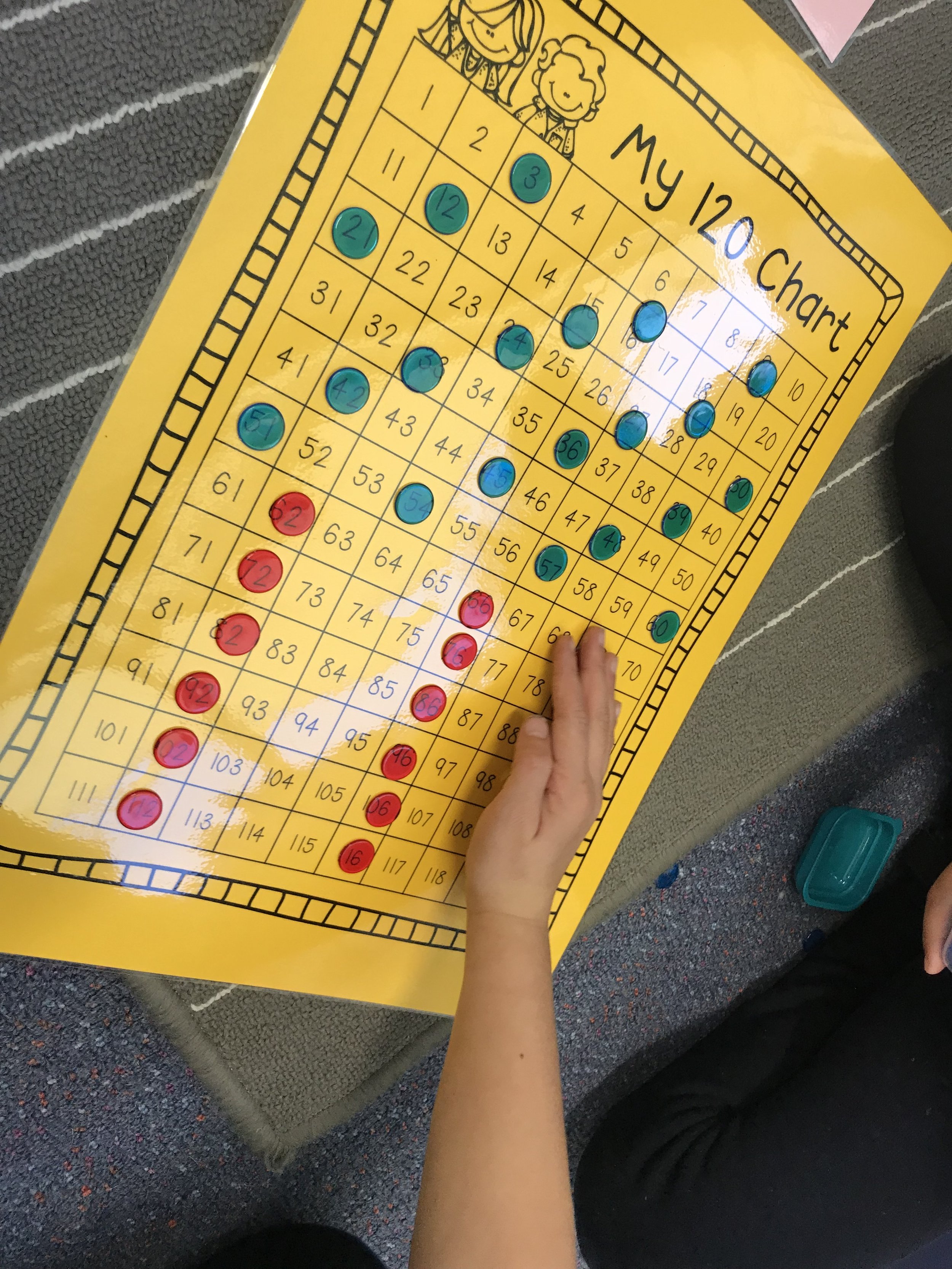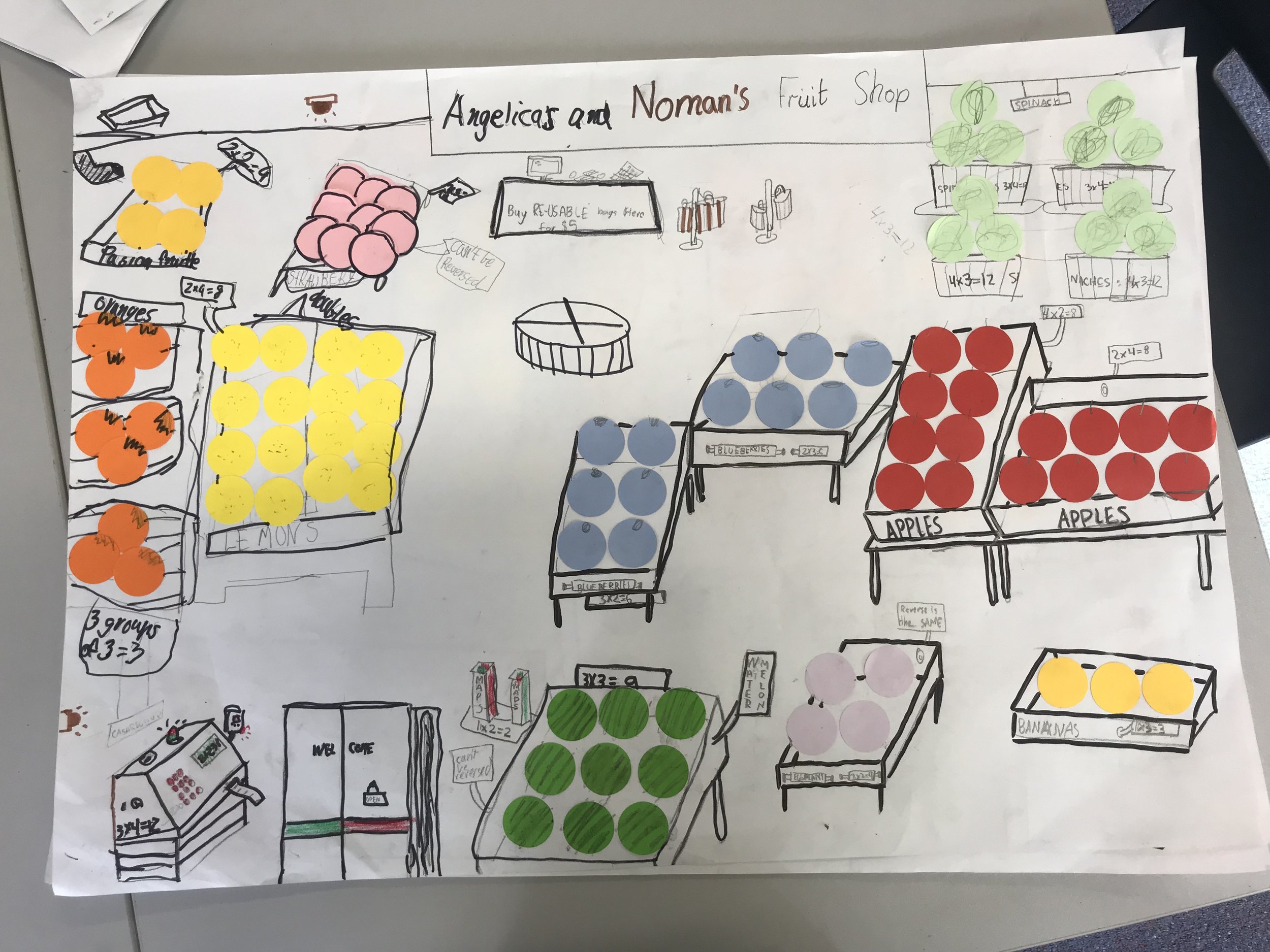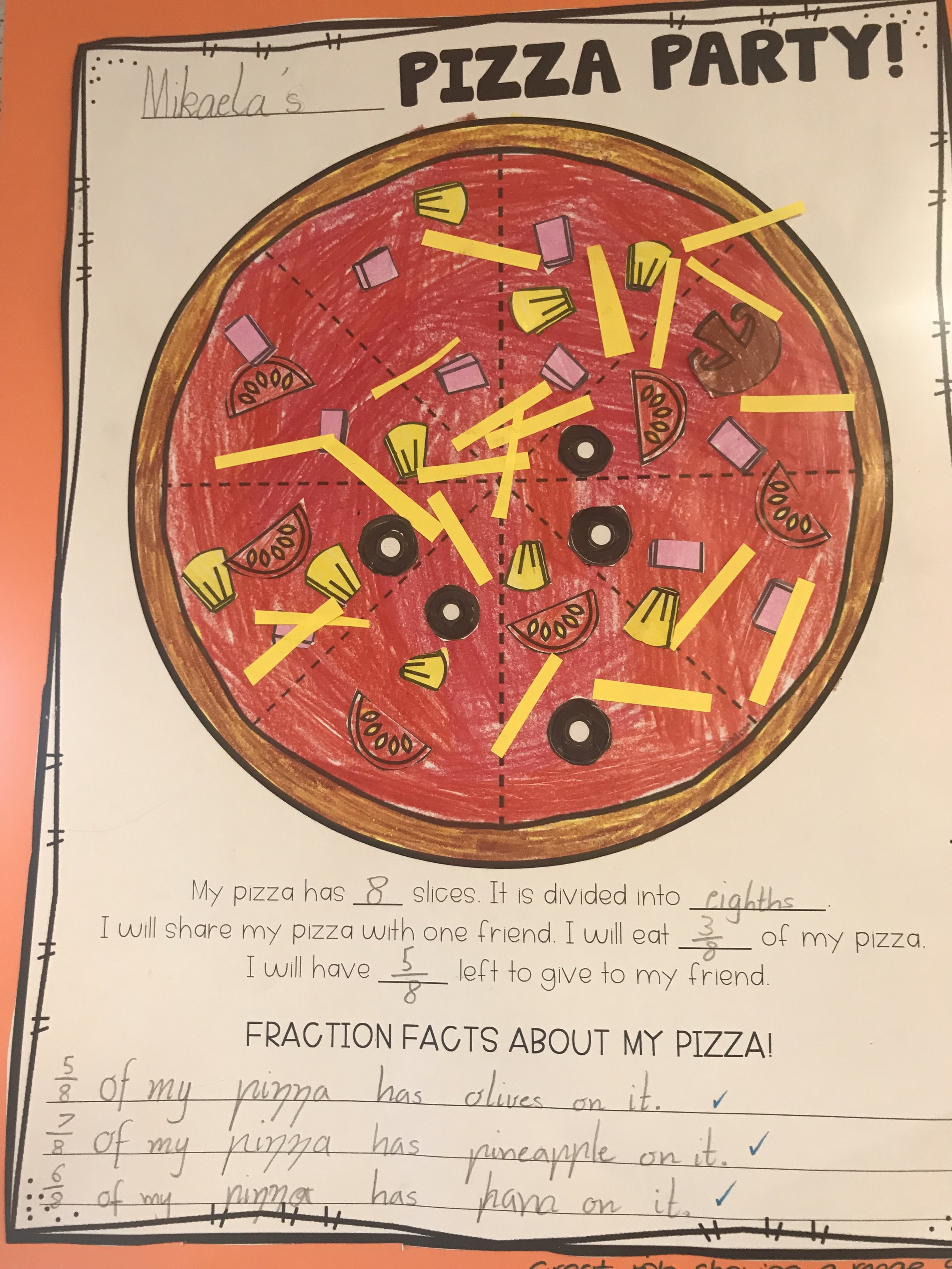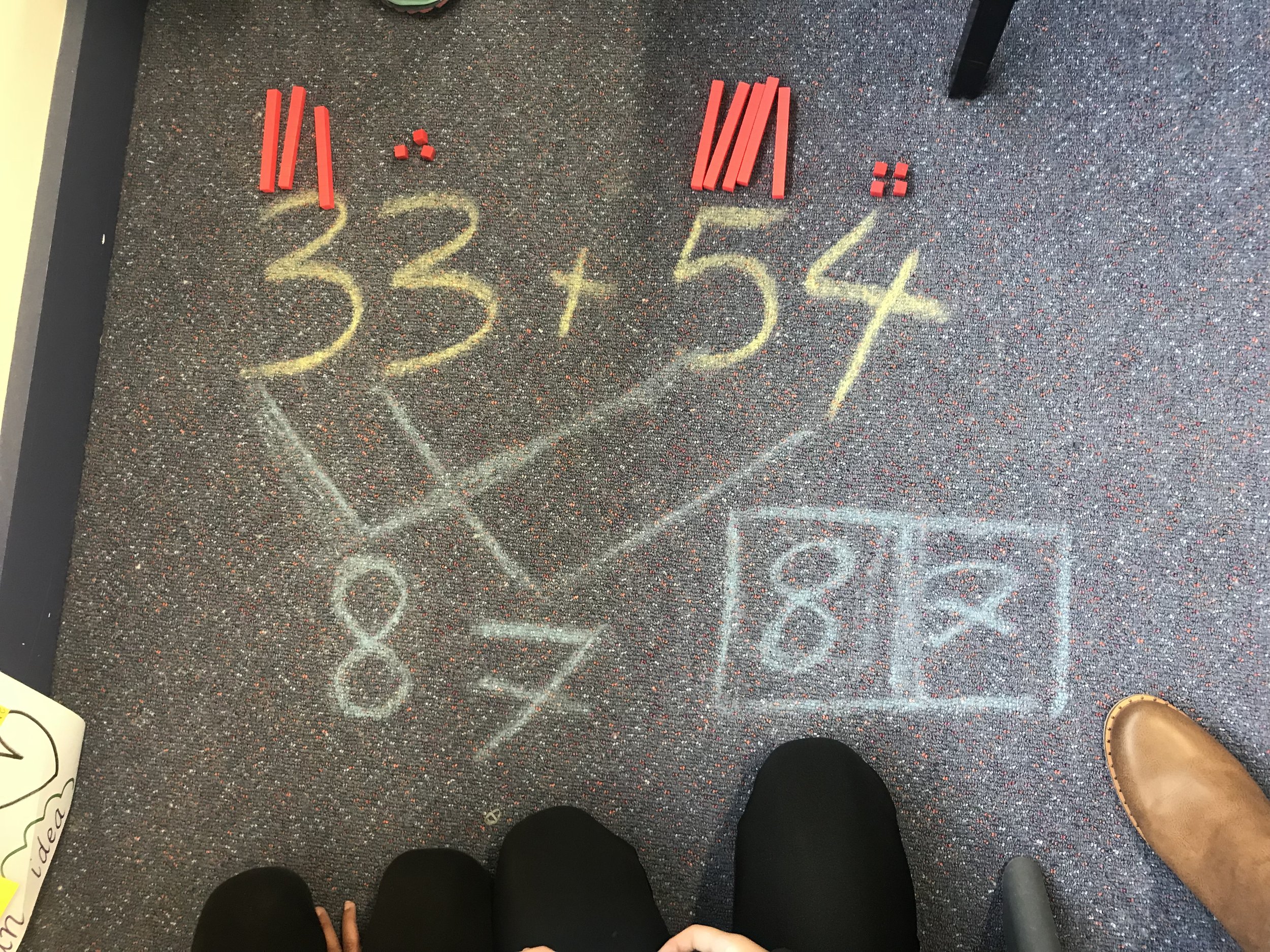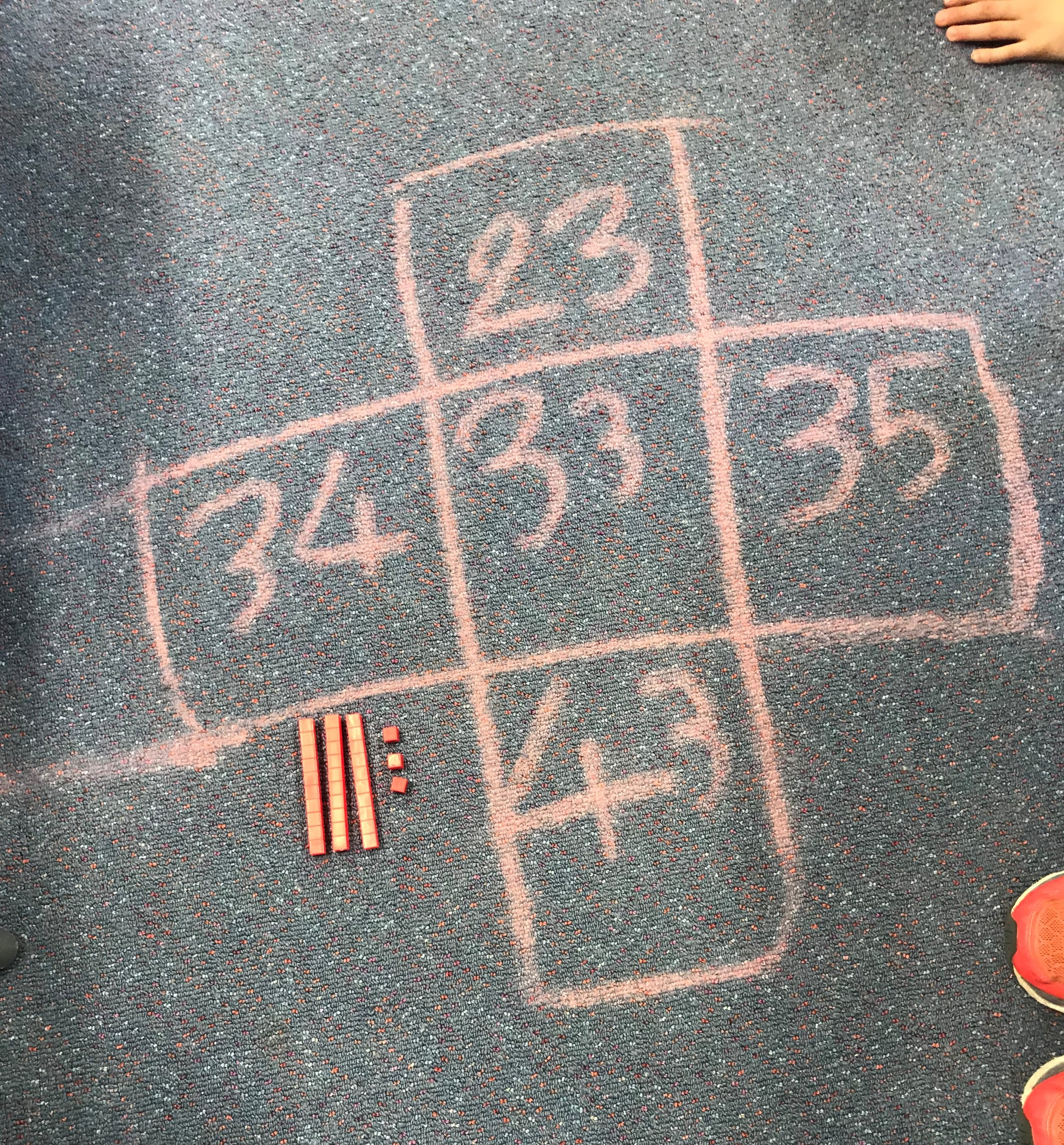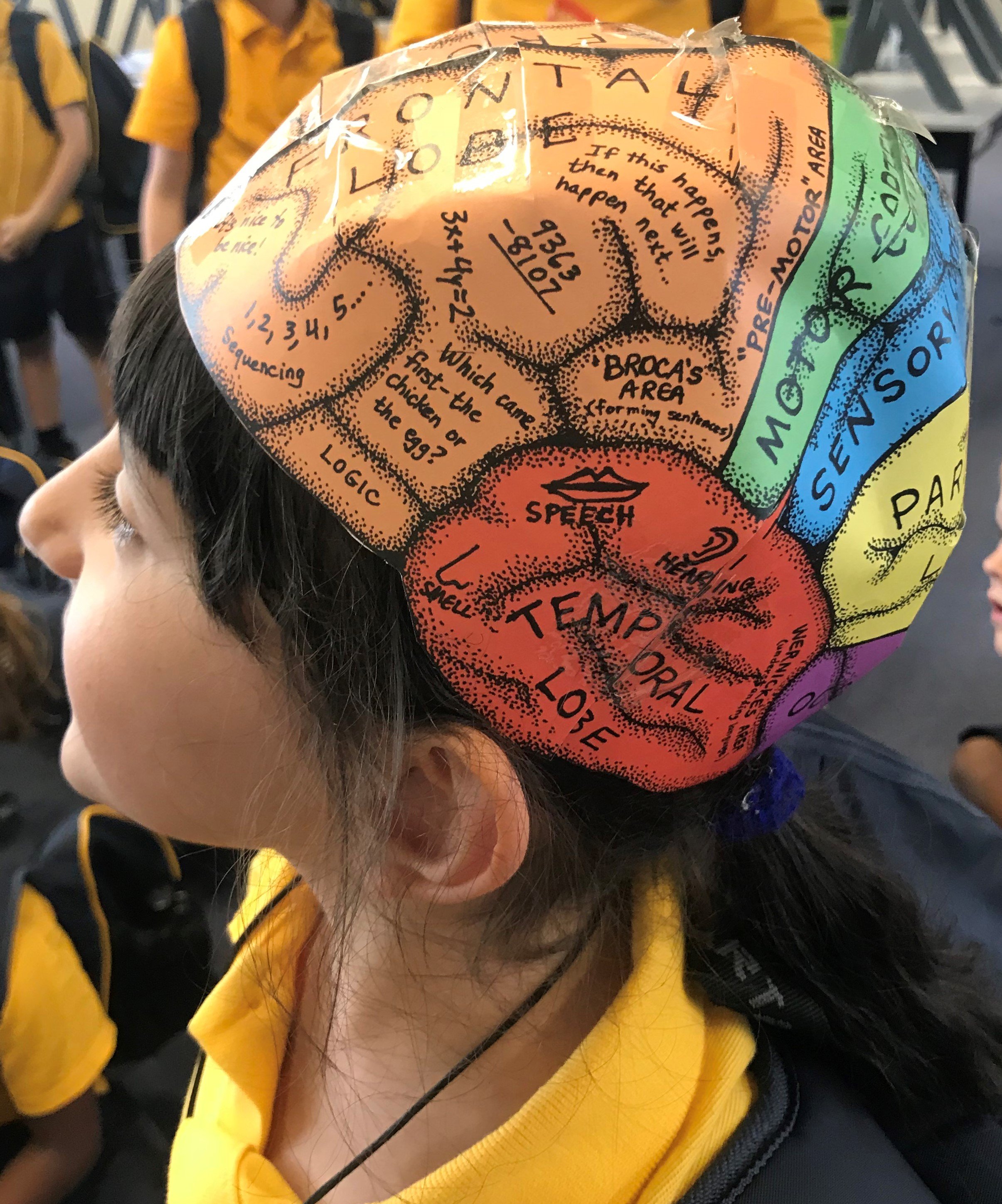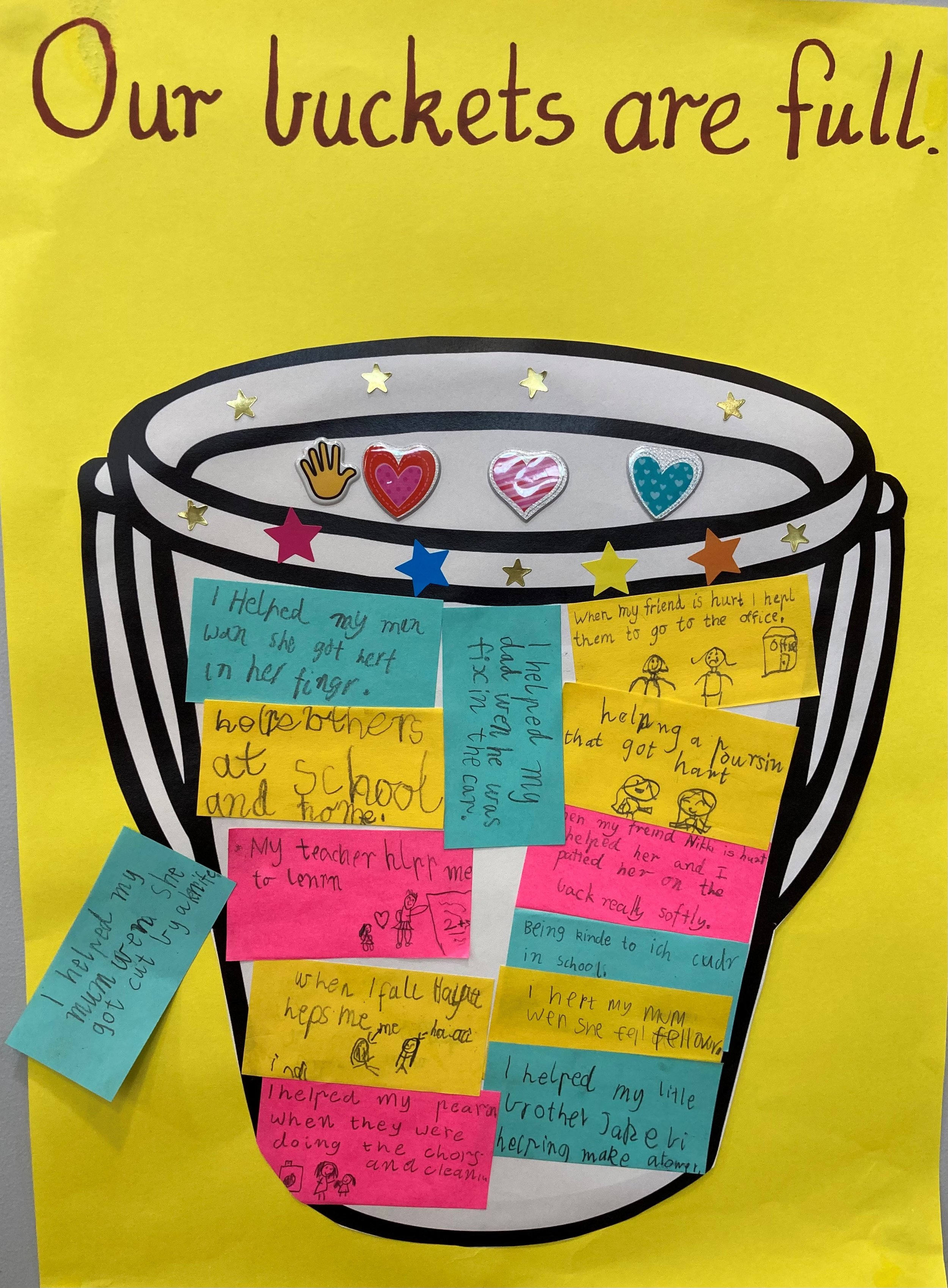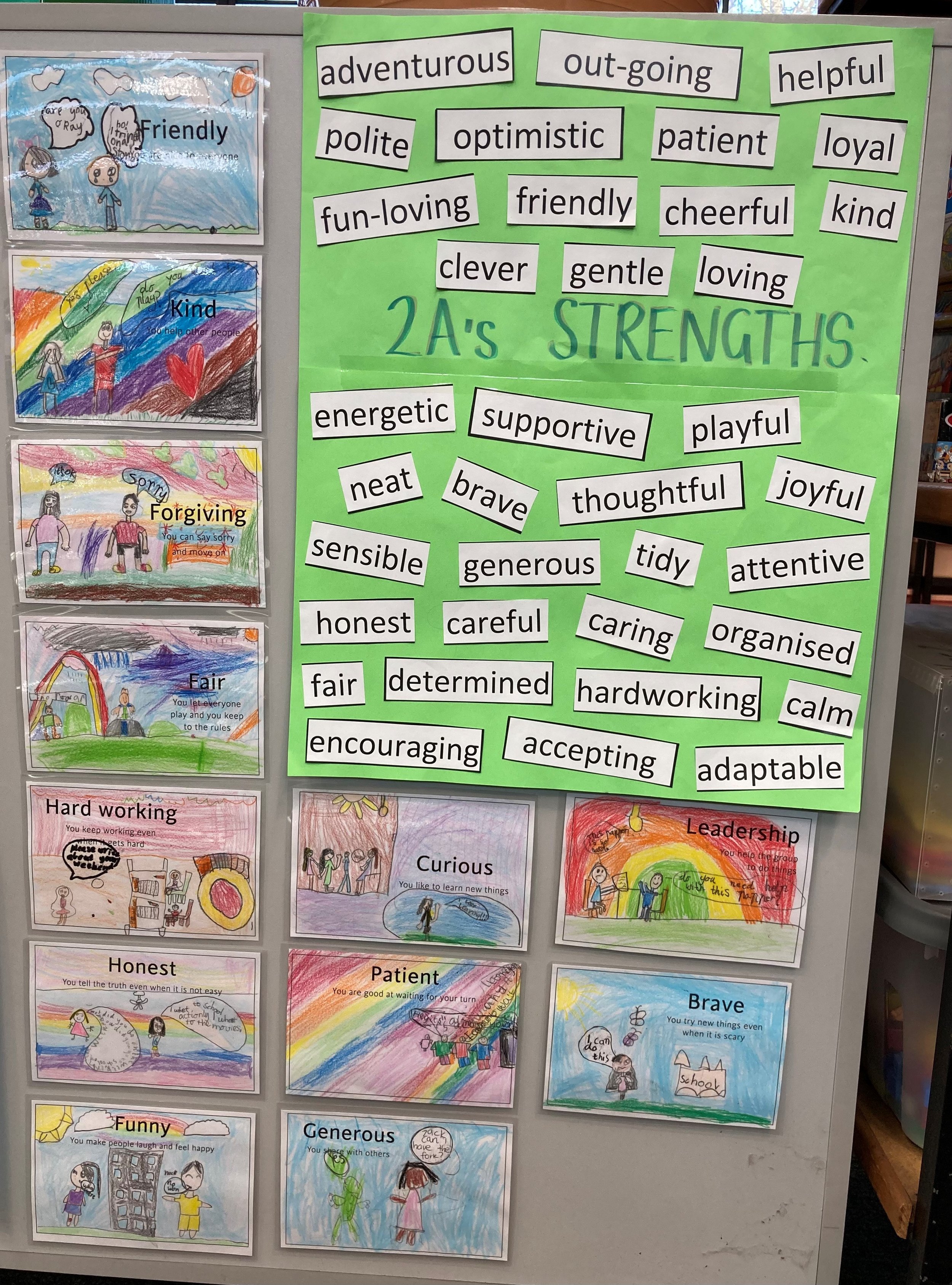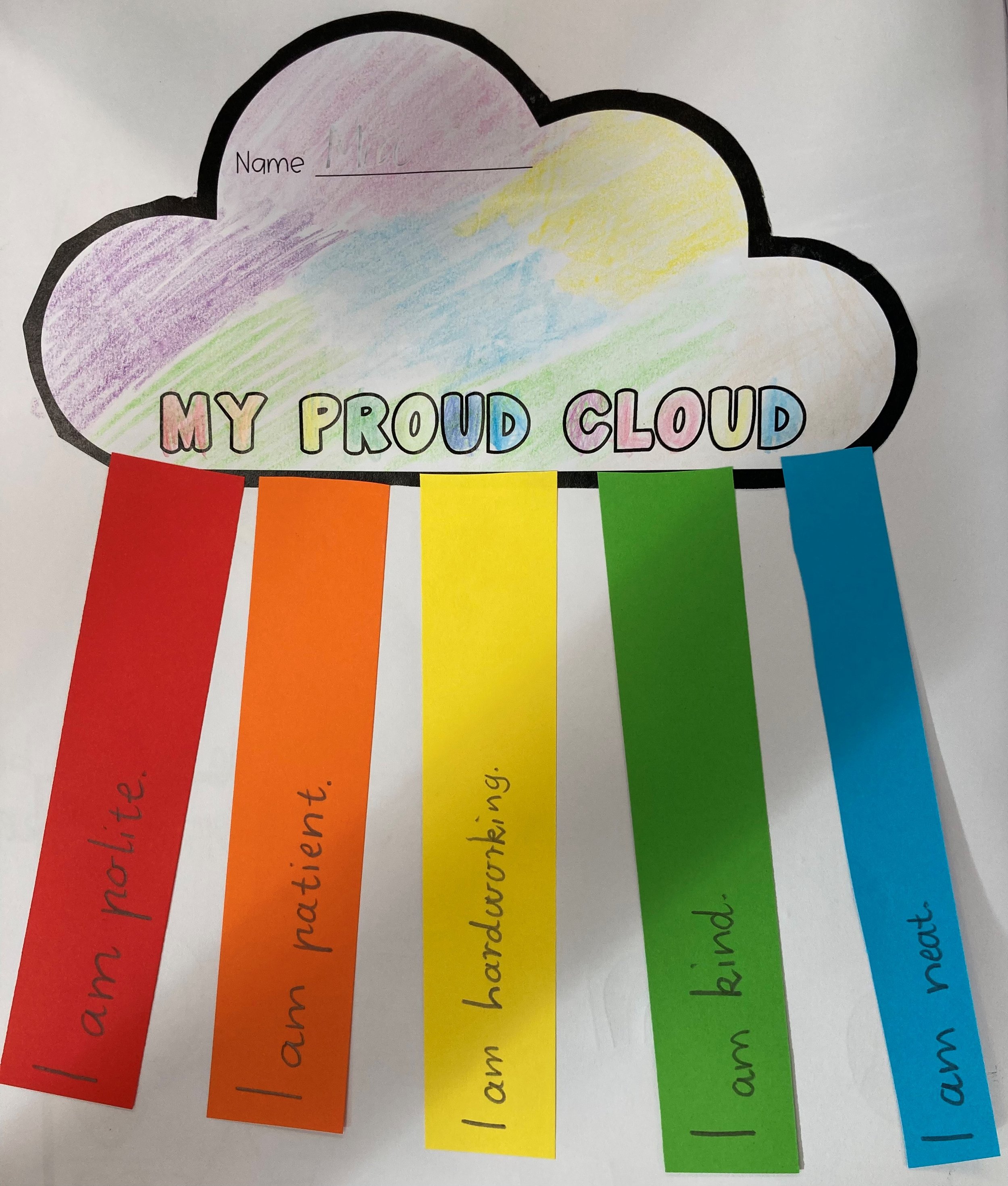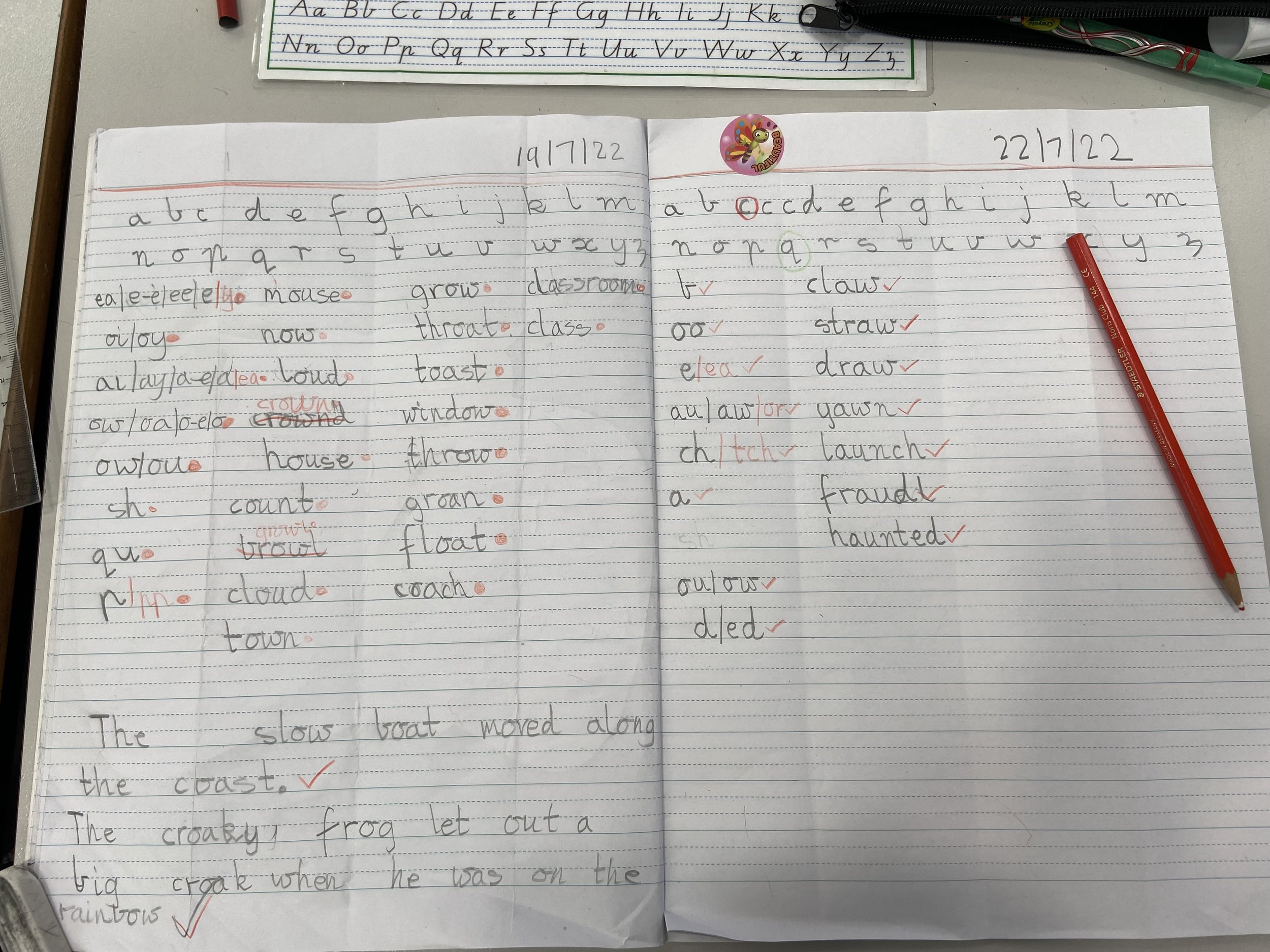Year 2
Welcome to our new page dedicated to some of the great work our students in Year 2 are doing!
Literacy
The Big 6 of Reading (oral language, phonological awareness, phonics, vocabulary, fluency and comprehension) continue to underpin the teaching and learning of Reading in our Year 2 classrooms.
Those students who are still consolidating their understanding of the initial phonetic code continue to use decodable readers to practice applying their skills in blending words to read. Students who have mastered the initial code move on to the extended code and more complex books catering to their interest, learning strengths and needs. Students are encouraged to select ‘good fit’ books that they can read and understand independently.
Fluency is developed through partner reading of sentences, passages and texts differentiated to students’ level of need. Rich texts, including picture story books and non-fiction texts, act as springboards into explicit vocabulary teaching. Background knowledge, vocabulary and fluent decoding are at the heart of reading comprehension.
Explicit instruction and student knowledge of phonics and morphology guides our writing instruction at a word level. We continue to focus on building sentence level knowledge including grammar and punctuation. We begin to explore genre types and writing for a particular audience and purpose. We write for a range of purposes including to entertain, persuade or inform. We use shared and personal experiences to prompt our writing of recounts, procedures, narratives, persuasive writing and simple poetry.
Year 2 MSL Sound Cards
Numeracy
Teaching and learning in Numeracy in Year 2 is guided by Oakleigh Primary School’s Instructional Model. Our focus continues to be building students’ foundation understandings of critical concepts and skills. We explore concepts in Number and Algebra, Measurement and Geometry and Statistics and Probability. In Year 2 Numeracy lessons, you will see:
students being supported to build positive mathematics mindsets and dispositions
teachers equipped to teach using explicit and high-impact teaching strategies
the purpose and real-life connection of the learning being communicated
games and other collaborative activities being used so students can consolidate their understanding with peers and repeatedly practise applying learnt skills
hands-on, concrete materials being used to explore, model and explain concepts
students engaging in open-ended maths tasks related to real-life experiences
ongoing assessment allowing teachers to differentiate teaching and tasks to address students’ specific learning needs
common assessment tasks regularly sent home to inform parents of their child’s progress and future learning goals
Inquiry Learning
Our students investigate the world and their place in it by participating in Inquiry-Based Learning. Students build their understandings of Science and the Humanities while developing the knowledge and skills of the four cross-curriculum capabilities (Critical and Creative Thinking, Ethical Capability, Intercultural Capability and Personal and Social Capability). Students are involved in learning experiences that support them to understand and solve real world problems.
We start the year looking at where we belong by exploring the range of communities that we belong to both close to home and internationally. We then look at the past, present and future in relation to a range of topics and understand why and how change takes place. Physical and chemical changes are explored as we take part in a range of hands-on experiments and activities. We also discover how different modes of transport work – looking at forces and sources of energy including water, battery power, electricity and human power. We use our knowledge to develop modes of transport for the future. In our final unit of the year we learn about sustainability and how we can effectively apply these concepts at school and home. Students plan and facilitate a pre-loved book drive to build our classroom libraries.
Health and Wellbeing
Our Health and Wellbeing program encompasses our Positive Education approach to Wellbeing, the Health component of the Victorian Curriculum and the Resilience, Rights and Respectful Relationships program. Over the year, we cover the topics of Emotional Literacy, Personal Strengths, Positive Coping, Problem Solving, Stress Management, Help Seeking, Gender Identity and Positive Gender Relationships.
Students are explicitly taught a range of concepts and skills in these areas. They participate in workshops and activities to develop their understanding and application of these skills to real world scenarios.
Digital Technology
In Year 2, students explore the use of digital systems for a purpose. On laptops, we learn how to effectively use Microsoft Word and PowerPoint. We use a range of hands-on resources to develop students’ abilities to follow, describe and represent a sequence of steps and decisions (algorithms) needed to solve simple problems including Bee Bots, LEGO Simple Machines, LEGO We Do, Bloxels, Sphero, Robot Turtles, Scratch Jr, Code-A-Pillar and Code.Org
Students develop teamwork and problem-solving skills that can be applied to other areas of the curriculum. They extend their planning, sequencing and critical thinking abilities. Above all, these activities are fun and engaging for our young learners and future leaders!
Student Goal, Voice and Agency
Students who are empowered through student voice and agency demonstrate more active participation and deeper engagement in the classroom, school and community, as well as improved wellbeing and learning outcomes. In Year 2, we recognise the behaviours, attitudes and learning environments that are conducive to student voice and agency. Examples of how we amplify student voice and agency include:
Students confidently share their ideas and opinions with both teachers and peers
Students negotiate and set personal learning goals and self-reflect to drive future learning
Students take responsibility for their learning (from choosing an area of interest for a project to moving to a better learning spot where they won’t be distracted)
Students are given the opportunity to share their learning while teaching and questioning their teachers and peers
Students collaborate and work with adults around what and how they will learn, including choice of topics, tasks and modes of communicating their learning
Students give and seek feedback to and from their peers and teachers.
“Do not train children to learning by force and harshness, but direct them to it by what amuses their minds, so that you may be better able to discover with accuracy the peculiar bent of the genius of each.”
